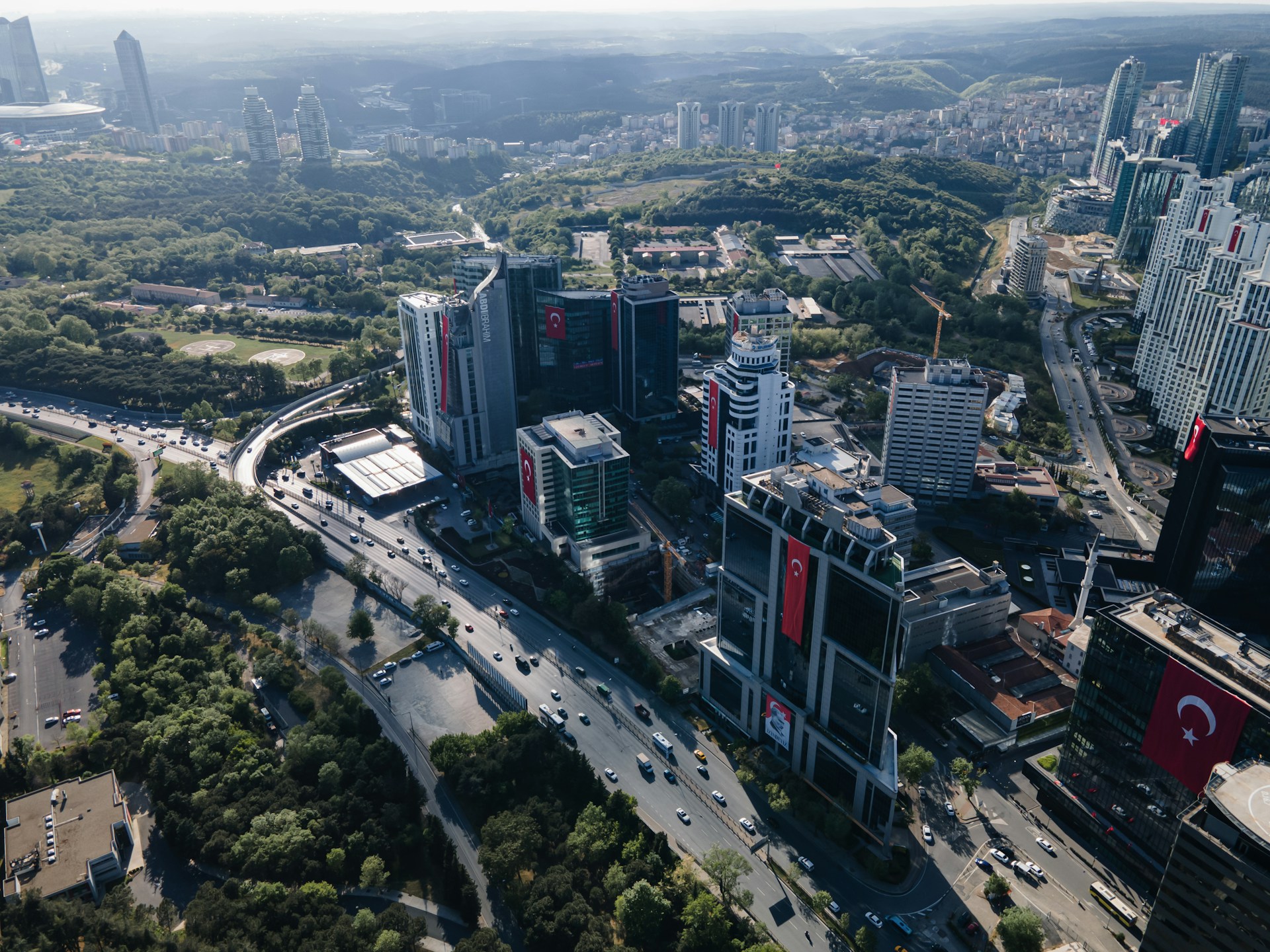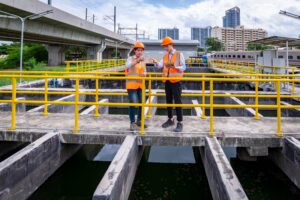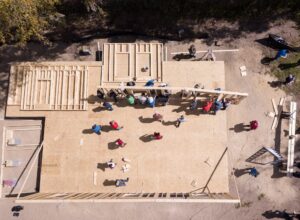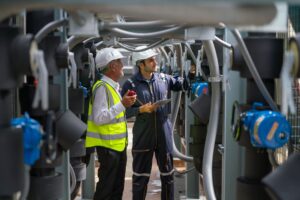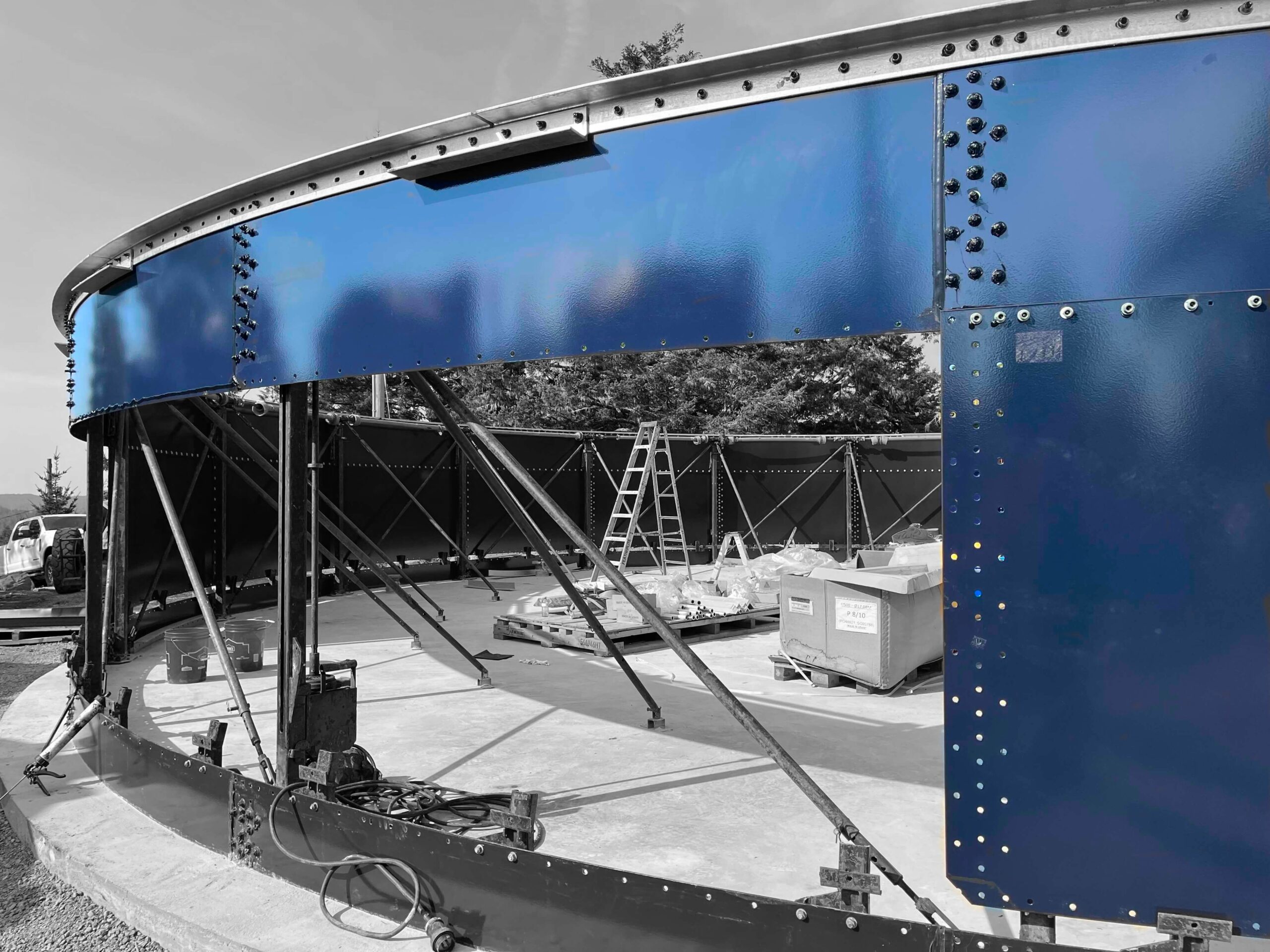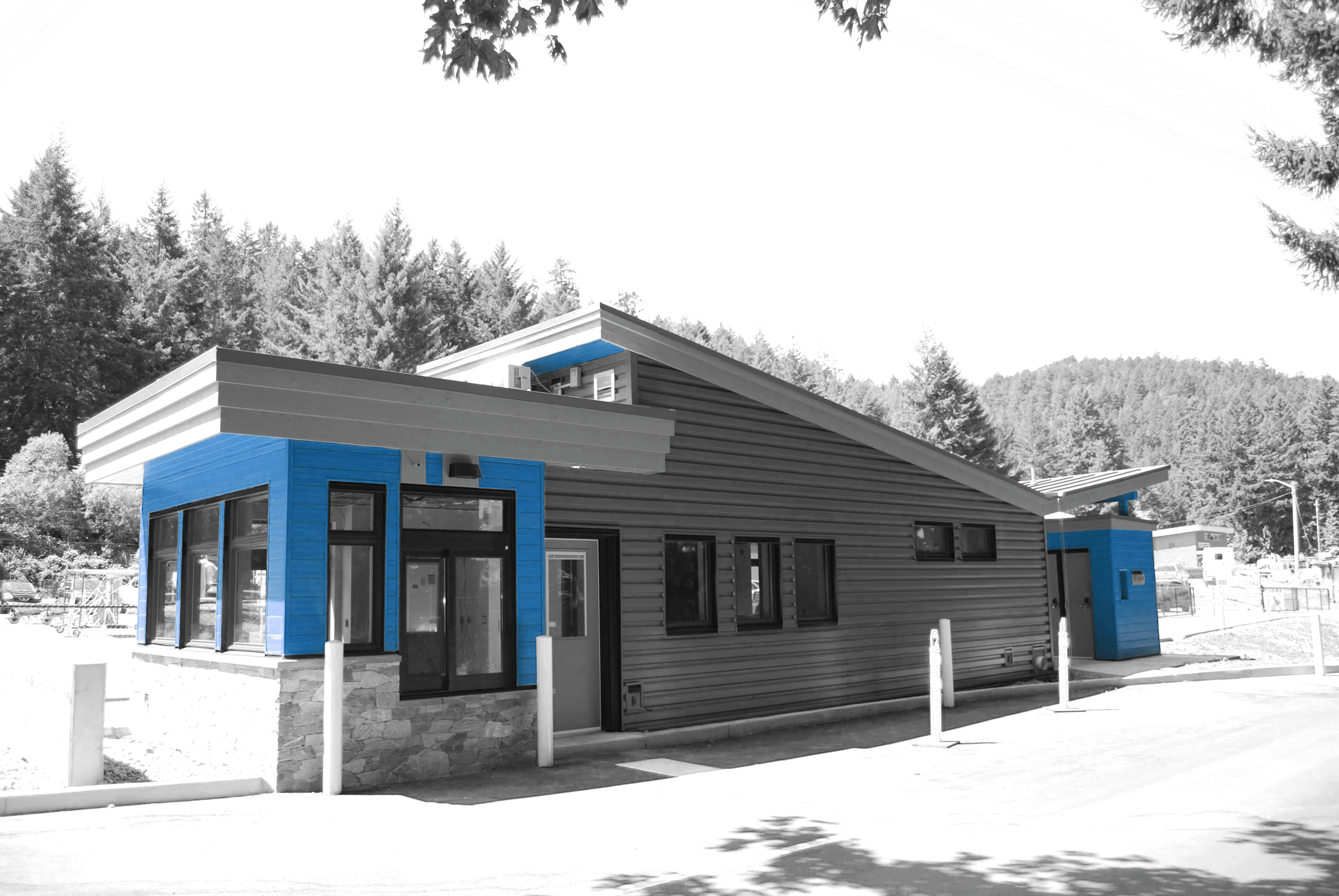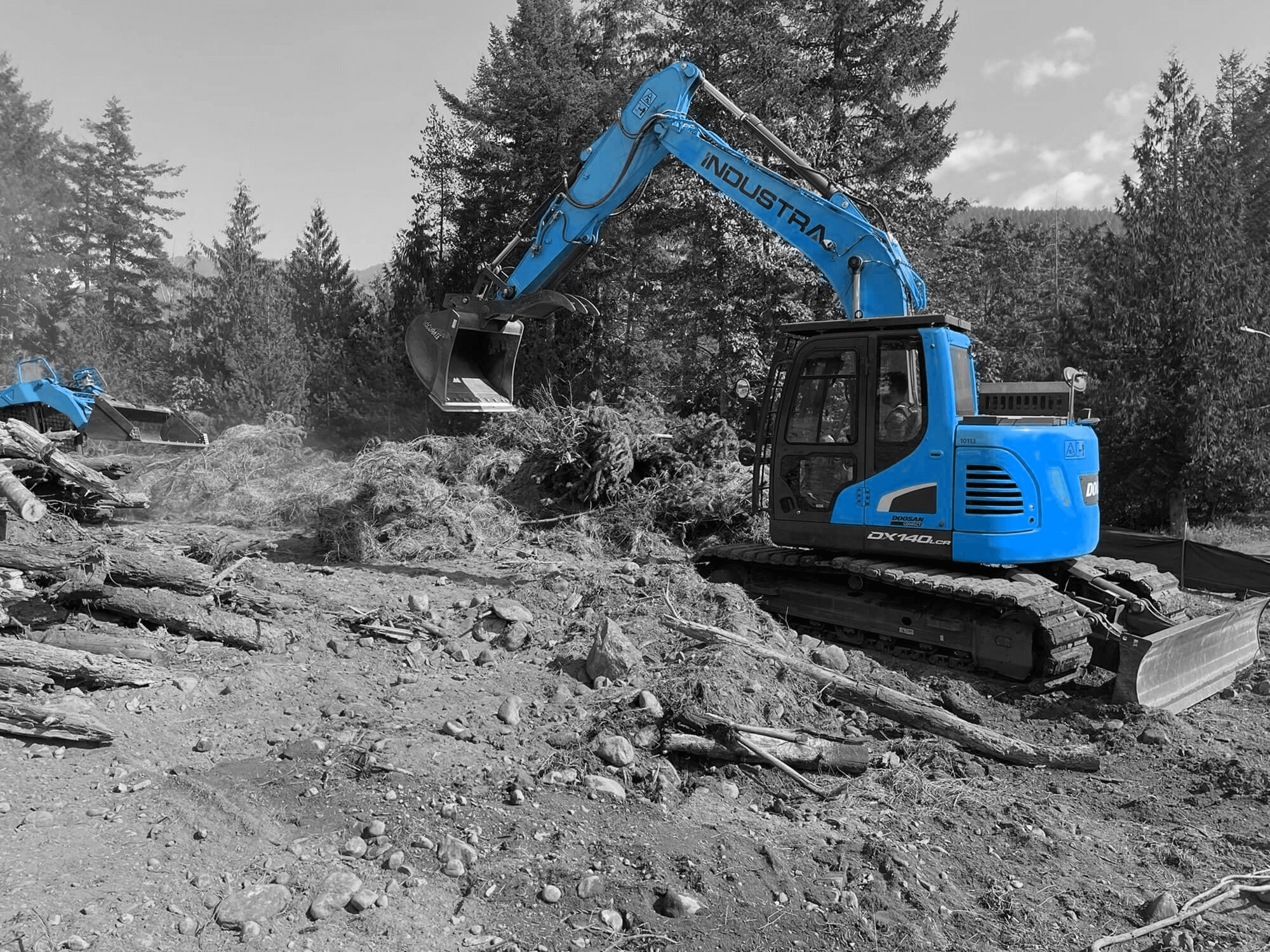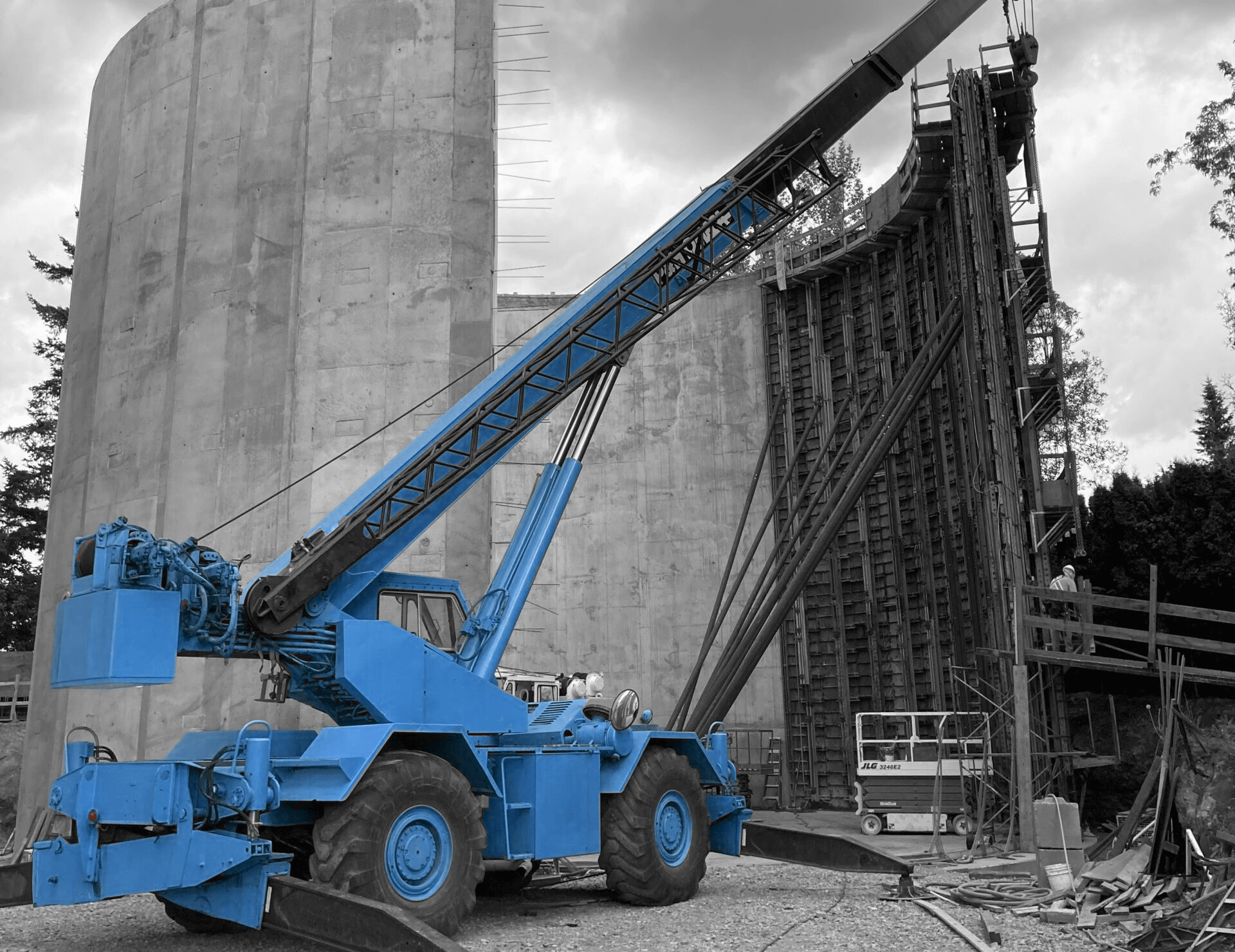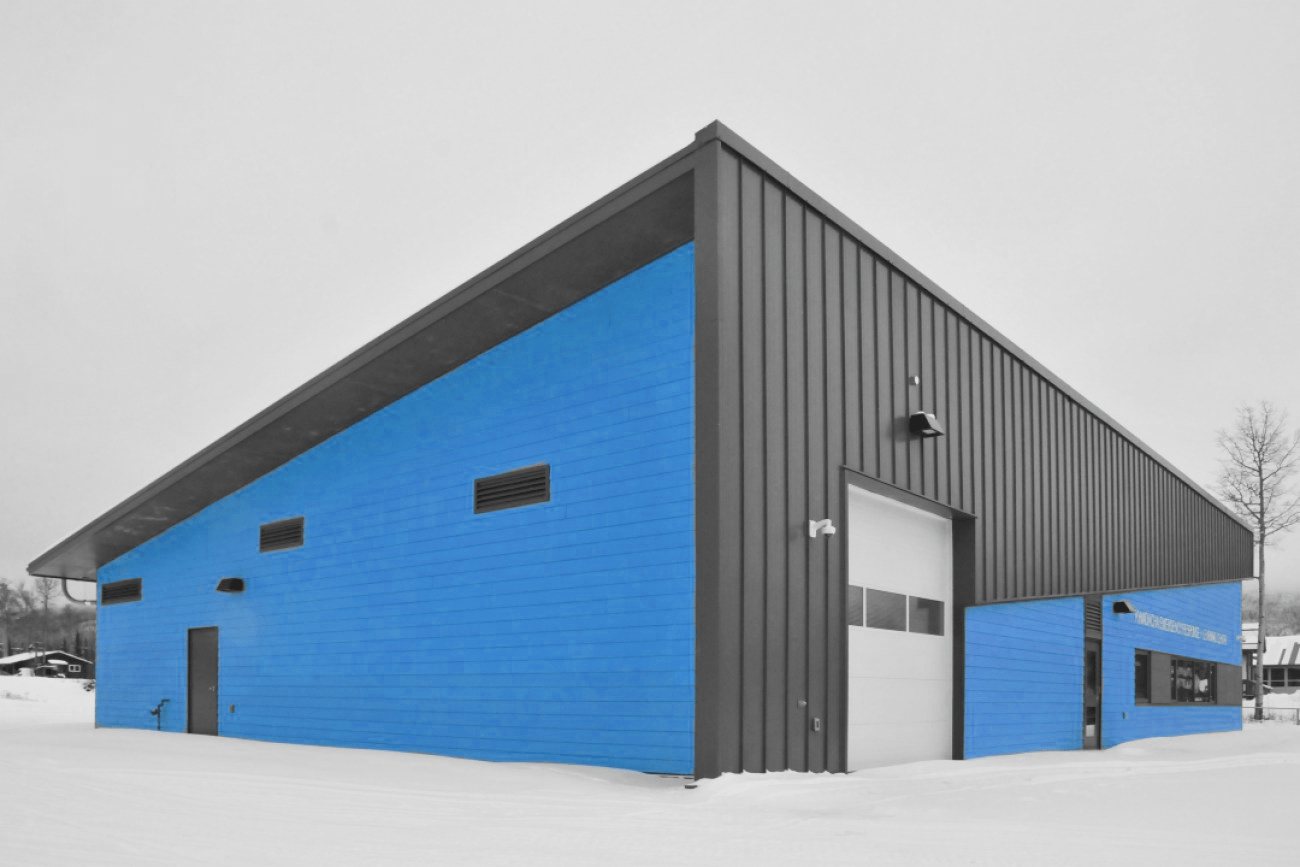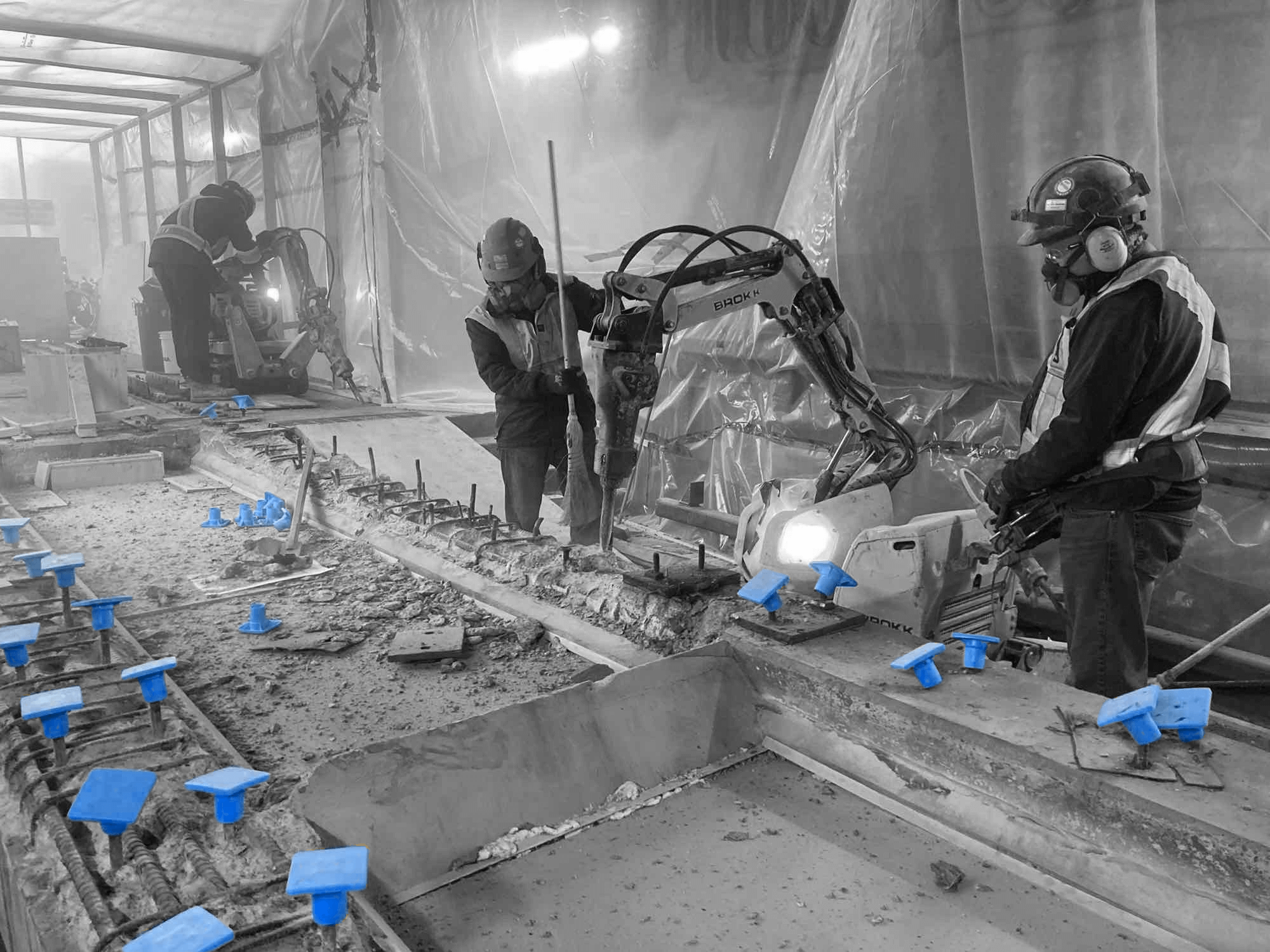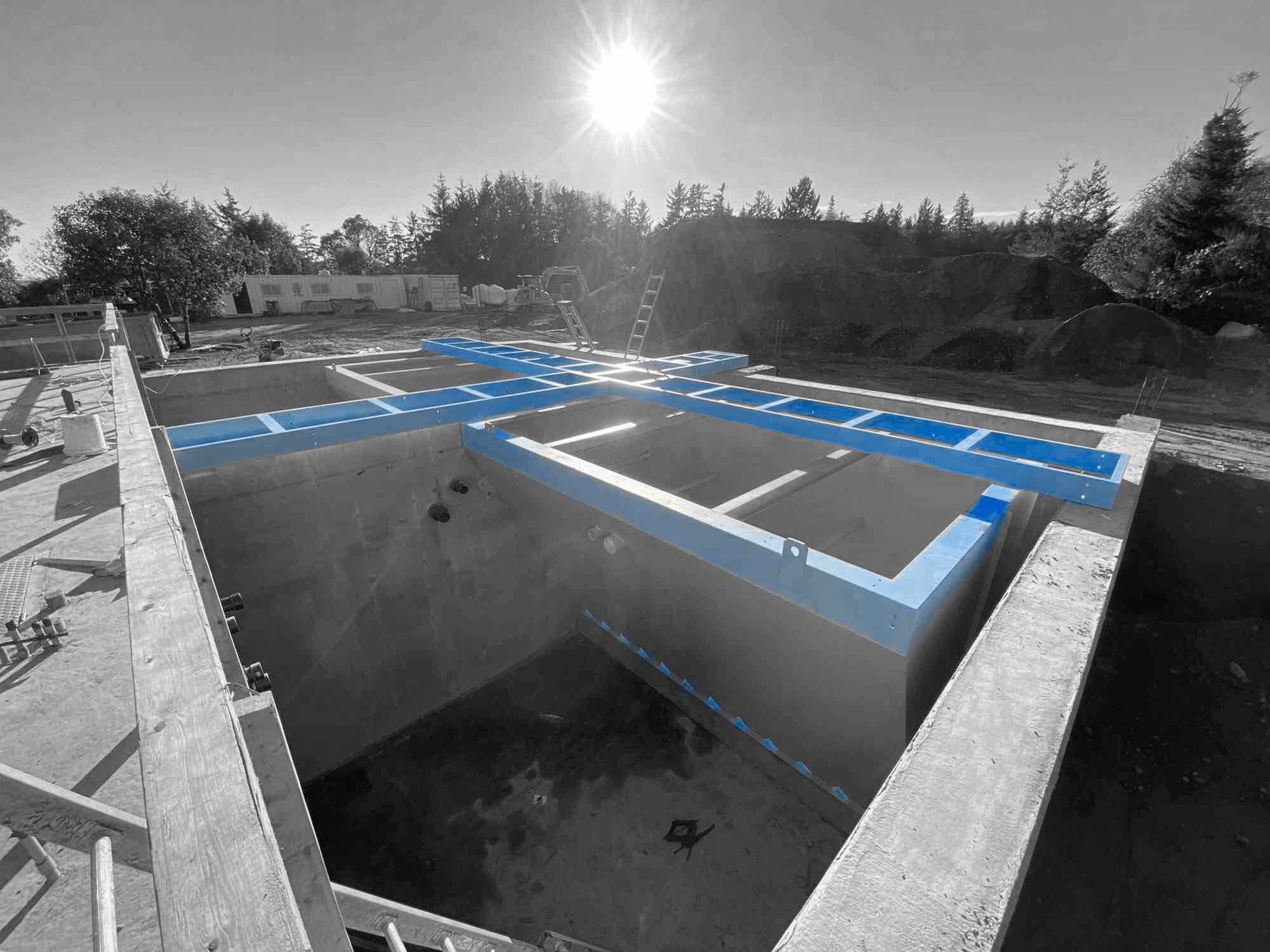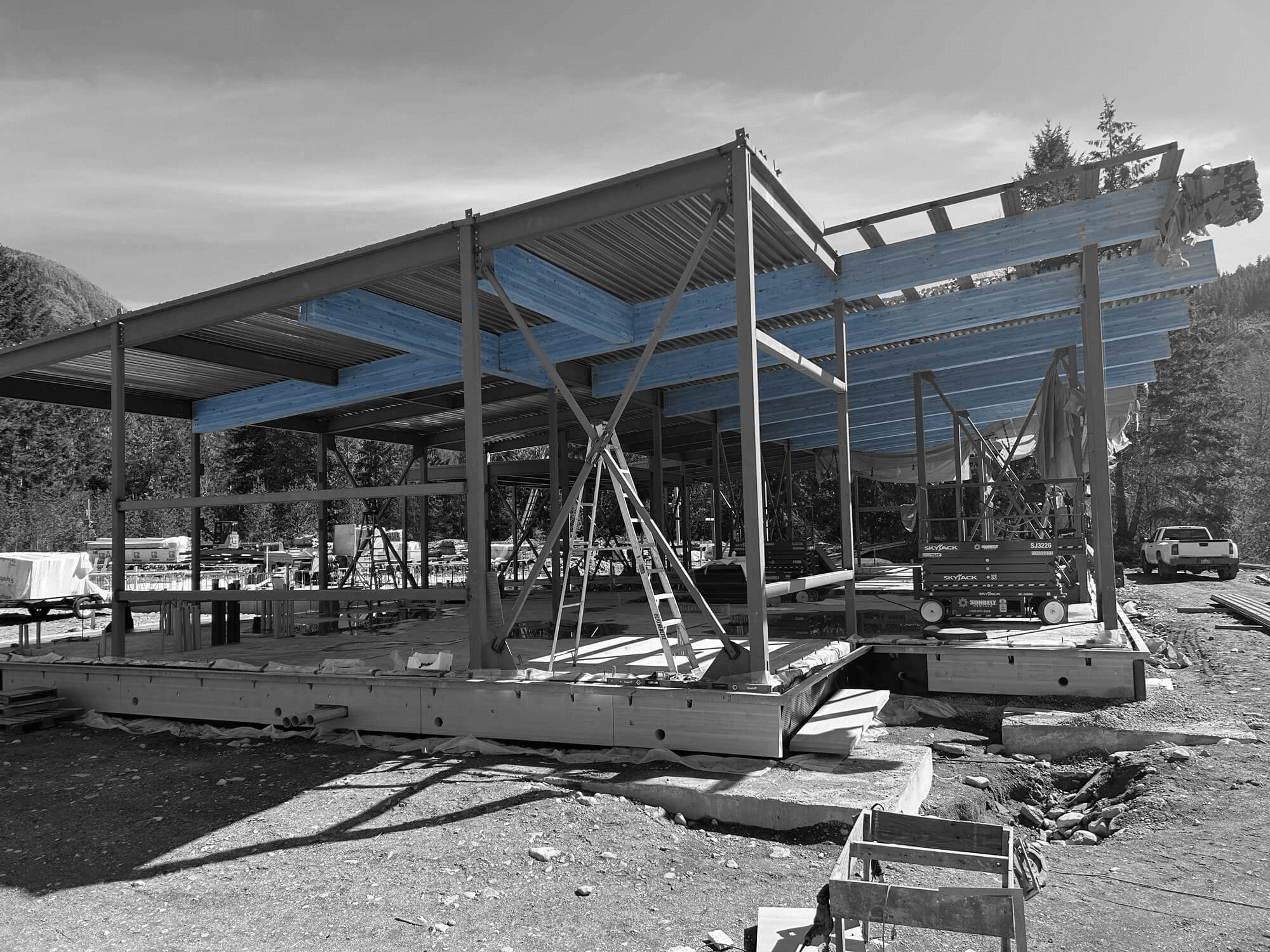EPC design-build has become an increasingly popular method for executing complex infrastructure projects, particularly in the realm of road and bridge construction. EPC stands for Engineering, Procurement, and Construction, and this integrated approach simplifies project management by combining all these facets into one contract. This method not only streamlines communication but also speeds up the construction process, leading to quicker project completion.
One of the primary reasons for choosing an EPC design-build approach is its efficiency. Traditional construction methods often involve multiple contractors and separate phases for design and construction, which can lead to delays and increased costs. EPC design-build allows for simultaneous project work, reducing the total project timeline and often leading to cost savings.
Safety is another crucial element in road and bridge construction. EPC design-build projects often incorporate innovative technologies and best practices to ensure the highest safety standards. These advancements not only protect the workers but also contribute to building safer roads and bridges for the public. By focusing on safety from the outset, these projects aim to minimize accidents and improve overall reliability.
Understanding EPC Design-Build for Infrastructure
EPC design-build is a project delivery method that integrates all critical stages of construction. EPC stands for Engineering, Procurement, and Construction, meaning that one contractor handles the entire project instead of splitting it among multiple vendors. This approach is particularly beneficial for road and bridge projects, where coordination and timing are crucial.
In the engineering phase, detailed plans and specifications are developed. This includes everything from initial designs to detailed layouts. Our team of experts collaborates closely to ensure that all engineering aspects align with project goals.
The procurement phase involves acquiring necessary materials and services, ensuring everything needed for the construction is available on time. This phase is crucial because delays in procurement can lead to setbacks in the project timeline. By handling procurement in-house, we streamline this process and reduce the risk of delays and cost overruns.
Finally, the construction phase is where the plans come to life. With our team managing all aspects of construction, from digging foundations to final inspections, we ensure everything goes as smoothly as possible. This unified approach minimises miscommunication and errors, leading to more efficient and faster project completion.
Key Benefits of Using EPC Design-Build for Road and Bridge Projects
Opting for an EPC design-build approach in road and bridge projects offers several significant benefits. Here are some key advantages:
Improved Efficiency
By combining engineering, procurement, and construction into one seamless process, EPC design-build enhances efficiency. This method allows various tasks to run concurrently, significantly shortening the overall project timeline. A faster project means less disruption and quicker usability of the infrastructure.
Cost Savings
EPC design-build often results in cost savings due to its integrated approach. With a single point of accountability, we can better control costs, minimise changes and avoid delays. The streamlined process reduces the need for expensive change orders and keeps the project within budget.
Enhanced Communication
With all project components managed by one team, communication is vastly improved. This reduces the chances of miscommunication and misunderstandings between different parties. Consistent, clear communication ensures that everyone is on the same page, leading to a smoother and more cooperative project environment.
Better Risk Management
Risk management is another area where EPC design-build shines. Having one contractor responsible for all three phases means they take on most of the risk. This encourages us to deliver high-quality work within set timelines and budgets since we are directly accountable for any issues that may arise.
Integrated Quality Control
EPC design-build includes integrated quality control measures. By overseeing every phase, we can ensure that quality standards are met and adhered to from start to finish. This results in a higher-quality final product that stands the test of time.
Faster Completion
The combined efforts in the EPC design-build approach can lead to faster project completion. As planning, procurement, and construction efforts are made in parallel, the project timeline is condensed, allowing for quicker delivery of the final infrastructure.
Overall, opting for EPC design-build in road and bridge projects offers unparalleled advantages in efficiency, cost savings, communication, risk management, quality control, and completion time. These benefits make it an excellent choice for modern infrastructure projects.
Innovative Technologies in EPC Design-Build for Safer Roads and Bridges
Using modern technology in EPC design-build projects leads to safer and more efficient roads and bridges. These technologies help us build structures that are more durable and easier to maintain.
Smart Sensors
Smart sensors are used to monitor the health of roads and bridges. These sensors can detect changes in structural integrity, such as cracks or shifts, and send real-time alerts. This helps us address issues before they become major problems. By catching these issues early, we can keep our roads and bridges safer for longer periods.
Drones for Inspection
Drones are increasingly used to inspect construction sites and completed projects. Drones can easily access hard-to-reach areas and provide detailed images and data. This helps us spot potential issues quickly and accurately. Regular drone inspections ensure that all parts of the structure meet safety standards.
3D Modelling and GPS
3D modelling technologies, combined with GPS, allow for more accurate designs and construction plans. These tools help us ensure that every part of the project is built to exact specifications. Accurate planning reduces the risk of errors during construction. This leads to safer and more reliable structures.
Incorporating these innovative technologies in our EPC design-build projects keeps our roads and bridges safe. They allow us to monitor, inspect, and build with greater precision, resulting in structures that stand the test of time.
Best Practices for Ensuring Safety in Road and Bridge Construction
Safety is crucial in road and bridge construction. Following best practices helps us create safer work environments and better structures.
Regular Safety Training
Providing regular safety training for all workers is essential. Proper training ensures that everyone is aware of potential hazards and knows how to handle them. Well-trained workers are less likely to cause accidents and more likely to create safe, high-quality work.
Use of Quality Materials
Using high-quality materials ensures that our roads and bridges are durable and safe. Cutting corners with cheaper materials can lead to premature wear and potential hazards. We always choose the best materials to ensure the longevity and safety of our projects.
Rigorous Inspections
Conducting regular and thorough inspections throughout the construction process helps catch any potential issues early. Inspections ensure that every phase of the project meets safety standards and construction codes. This proactive approach helps us maintain high safety levels from start to finish.
Clear Communication
Clear and consistent communication is vital for safety. Everyone involved in the project must be on the same page regarding safety protocols and procedures. Effective communication reduces misunderstandings and ensures a coordinated approach to safety.
Implementing Safety Protocols
Strict safety protocols must be followed at all times. This includes wearing proper personal protective equipment (PPE) and following site-specific safety guidelines. Implementing these protocols helps minimise the risk of accidents and injuries on-site.
By adhering to these best practices, we create safer work environments and projects. Regular training, quality materials, rigorous inspections, clear communication, and strict safety protocols are key to ensuring the safety of our road and bridge construction projects.
Conclusion
EPC design-build provides a comprehensive approach to road and bridge construction, offering numerous benefits like efficiency, cost savings, and enhanced communication. Innovative technologies and best practices ensure our projects meet high safety standards and create durable infrastructures. At Industra Construction Corp., we pride ourselves on using these methods to deliver top-notch road and bridge projects. We understand the importance of quality and safety in infrastructure development.
Discover how Industra Construction Corp. can help with your next project by leveraging our expertise in EPC design build solutions for safer and more efficient roads and bridges. Contact us today to learn more.


